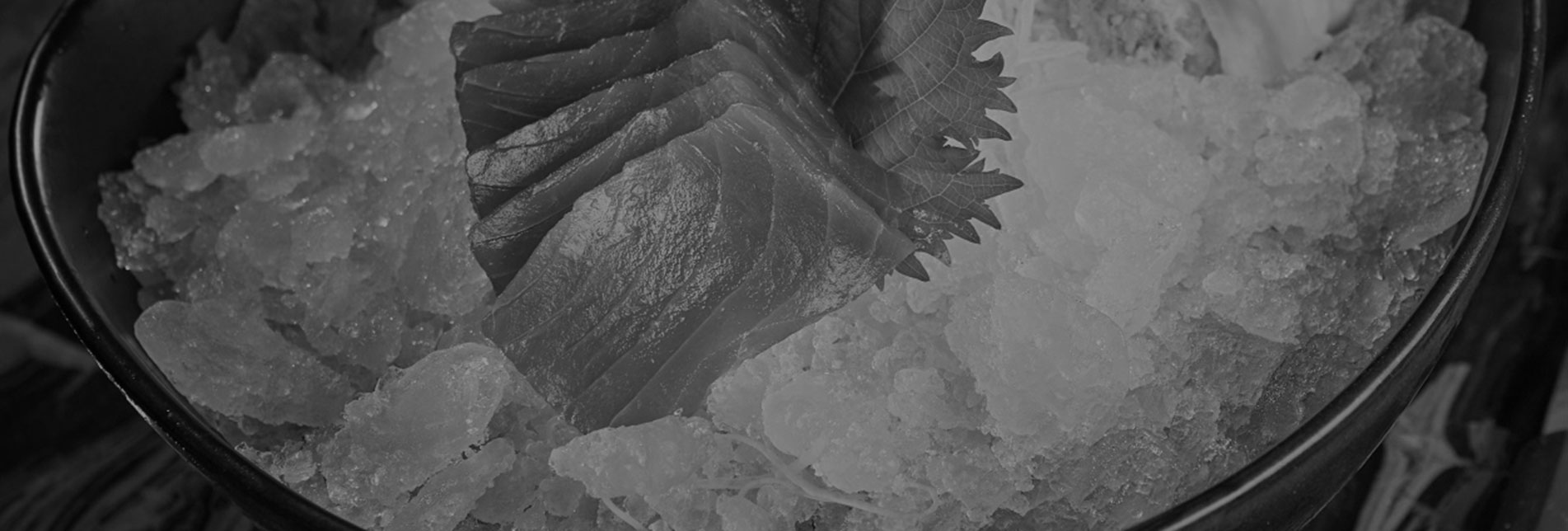The size and consistency of ice flakes produced by a snowflake ice machine depend on multiple mechanical, thermal, and water quality factors. These factors directly impact the machine’s efficiency, ice quality, and suitability for different applications such as food preservation, medical cooling, and industrial processing.
1. Evaporator Design and Temperature Control
Evaporator Surface Temperature: The lower the temperature, the finer and drier the ice flakes. A higher evaporator temperature produces slightly larger and wetter flakes.
Evaporator Surface Material: Stainless steel or nickel-plated surfaces improve heat transfer and ice consistency, reducing ice sticking to the surface.
Evaporator Thickness and Design: A well-designed evaporator ensures uniform freezing, preventing ice clumping or uneven flake sizes.
2. Water Flow Rate and Distribution
Uniform Water Flow: Uneven water distribution leads to inconsistent ice formation, affecting flake size and moisture content.
Water Inlet Pressure: Too high or too low pressure can impact the ice-making process, affecting flake uniformity.
Water Recycling System: Machines with water recirculation systems can impact ice flake consistency by controlling water exposure to freezing surfaces.
3. Auger Speed and Blade Design
Auger Rotation Speed:
Faster speeds produce thinner, finer flakes.
Slower speeds result in larger, thicker ice flakes.
Auger Blade Sharpness: A well-maintained, sharp auger blade cuts ice more efficiently, ensuring uniform flake sizes.
Auger Material and Wear: Over time, worn-out augers may produce uneven flakes or cause machine inefficiencies.
.png?imageView2/2/w/450/format/jpg/q/75)
4. Refrigeration System Efficiency
Compressor Performance: A well-calibrated compressor ensures stable cooling, preventing variations in ice thickness.
Refrigerant Charge and Type: Low refrigerant levels can cause inconsistent freezing, affecting ice quality.
Heat Exchange Efficiency: Properly maintained condensers and evaporators maintain optimal cooling conditions, ensuring consistent ice formation.
5. Water Quality and Purity
Mineral Content and Hardness: High mineral levels can cause uneven ice formation, affecting flake structure and increasing machine scaling.
Filtration System: Proper filtration removes impurities that may alter freezing characteristics.
Salinity and Chemical Composition: Certain applications, such as seafood preservation, may require slightly saline water to optimize ice properties.
6. Environmental Conditions
Ambient Temperature and Humidity: Higher temperatures can slow the freezing process, resulting in wetter ice flakes, while low humidity enhances ice dryness.
Airflow and Ventilation: Proper ventilation prevents overheating, which can lead to inconsistent ice production.
Water and Drainage Management: Excess water in the system may result in soggy flakes, while inadequate drainage can lead to ice clumping.

 English
English Español
Español
















